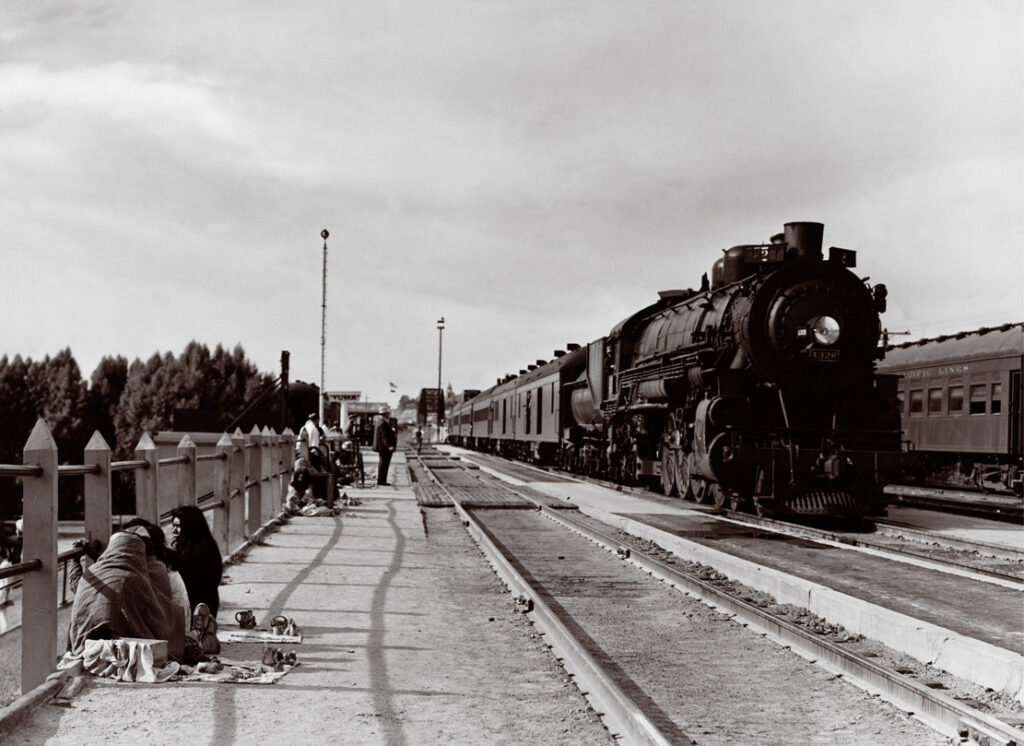
Sunset Limited station stop Southern Pacific 4-8-2 4326 has just entered Arizona from California as it brings the Sunset Limited into the station at Yuma sometime in the 1940s. Seated on the platform are local Indians with souvenirs to sell to passengers. Classic Trains collection […]
Read More…
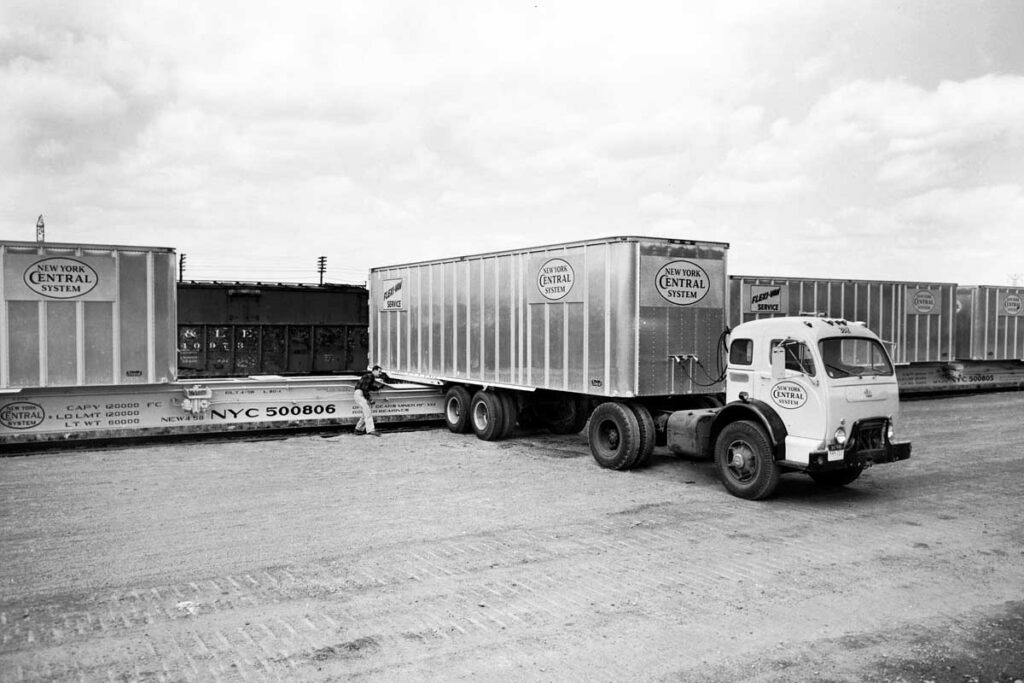
Flexi-Van flexibility A driver loads a New York Central Flexi-Van container from a truck bogie onto a flatcar in 1958. No overhead crane was needed, just a flat area next to the track. The NYC had more than 7,000 Flexi-Van containers in service by the mid-1960s. Photo by New York Central […]
Read More…
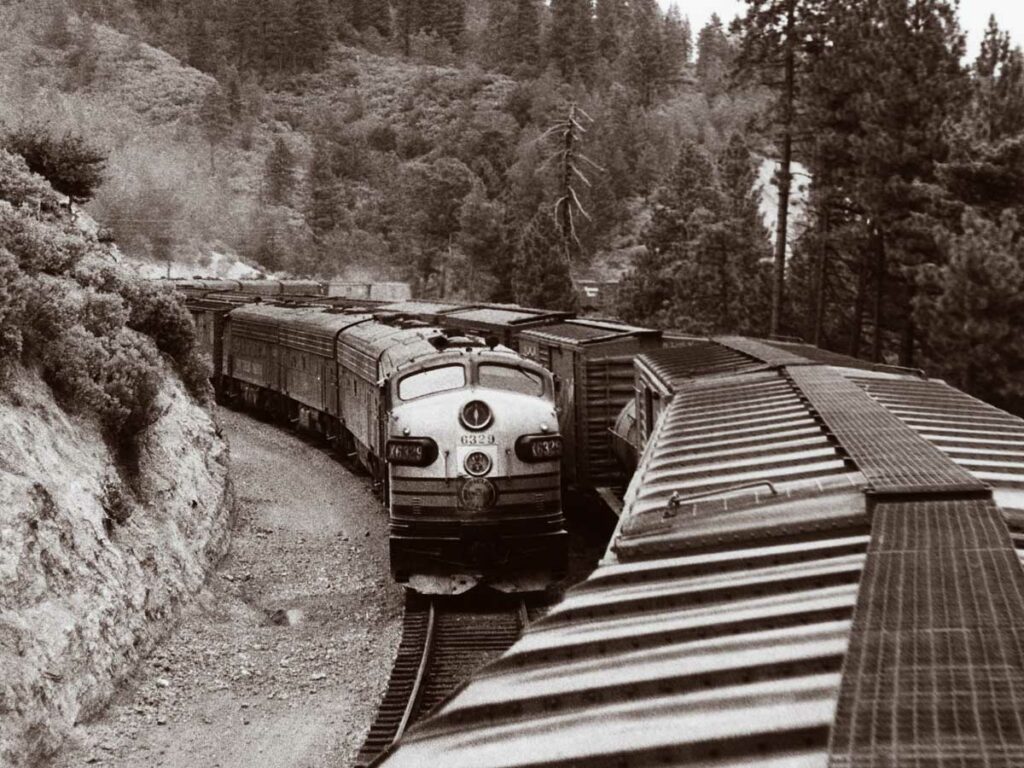
Extra 6311 East A westbound freight, led by an F7 quartet, coils past Extra 6311 East near Alta, Calif., in October 1957. The eastbound’s helpers are just visible up ahead. Photo by Philip R. Hastings […]
Read More…
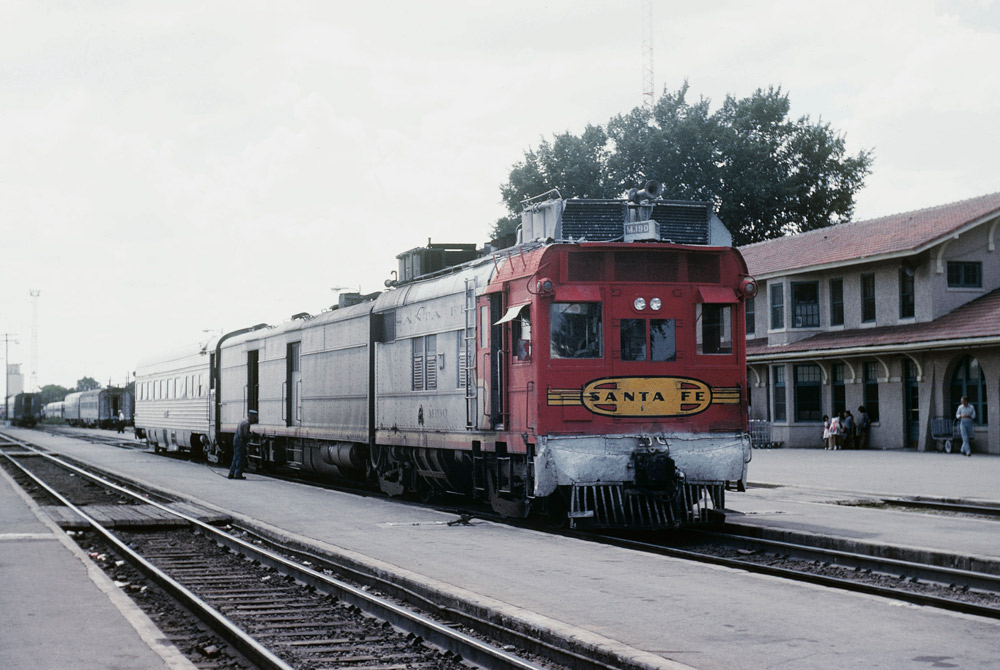
Santa Fe No. M-190 was possibly the most unusual gas-electric car ever manufactured. Measuring 90 feet long, it consisted of two articulated sections riding on three trucks. An Electro-Motive power plant and the operating cab were in the front section, and the rear portion was for baggage. When delivered in June 1932, M-190 had a […]
Read More…
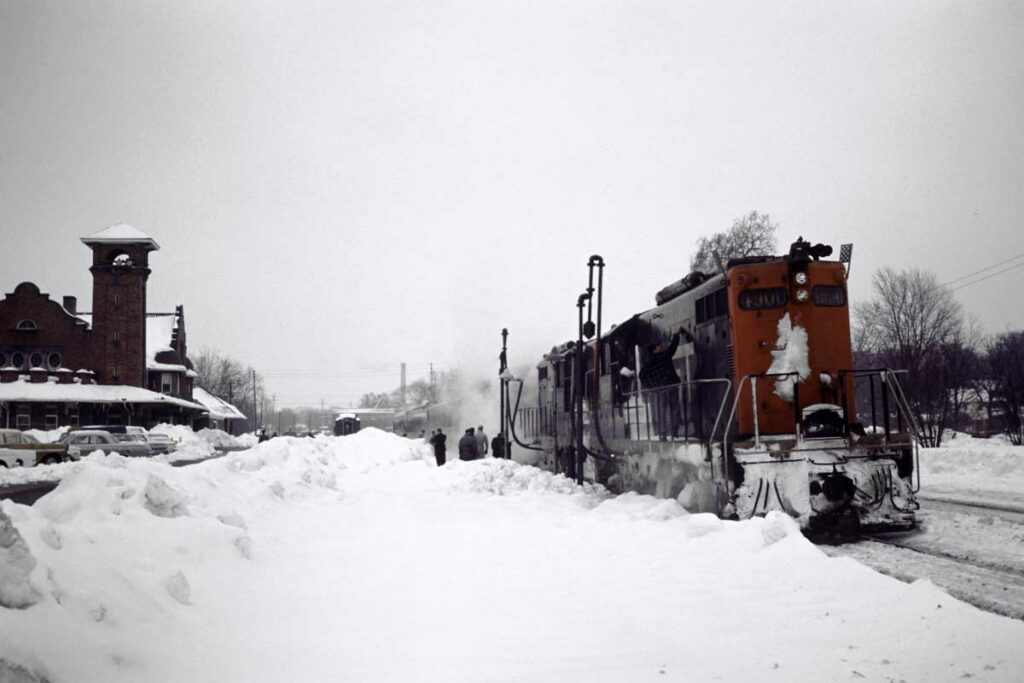
Windy City excursion A Michigan Railroad Club special from Detroit to Chicago pauses for a crew change at Battle Creek, Mich., in February 1967, following a 28-inch snowfall. The two locomotives, Nos. 4900 and 4901, were the GTW’s first passenger diesels, acquired as Nos. 1750-1751 in 1954. Photo by J. David Ingles […]
Read More…
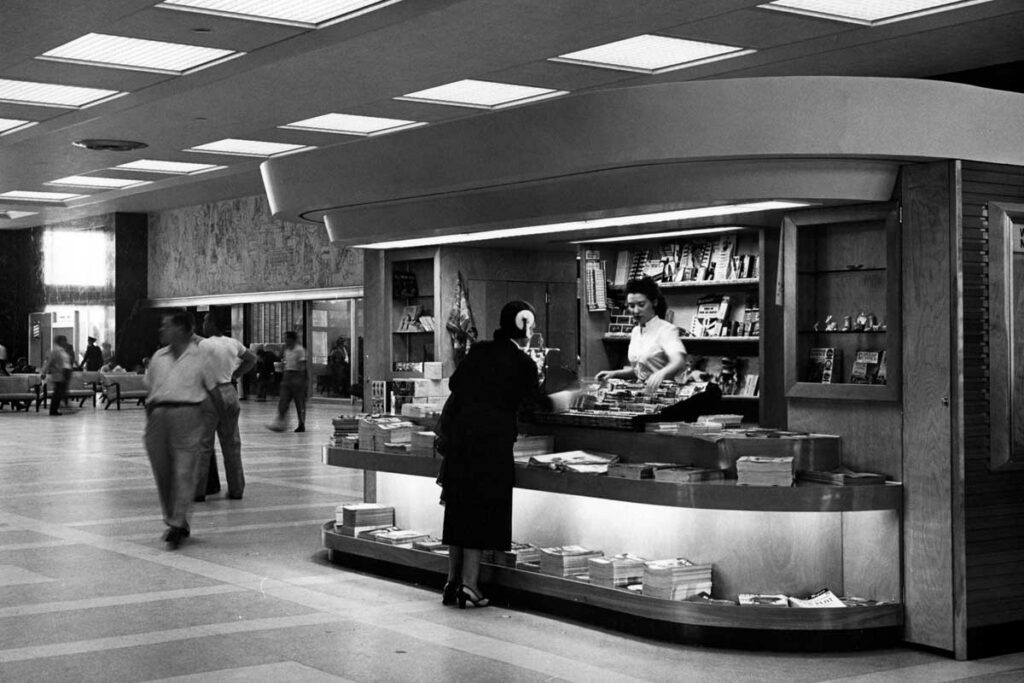
Newsworthy New Orleans Union Passenger Terminal’s newsstand is centrally located in the facility’s main room. The $25.5 million facility had 12 tracks and opened in May 1954. Photo by James G. La Vake […]
Read More…
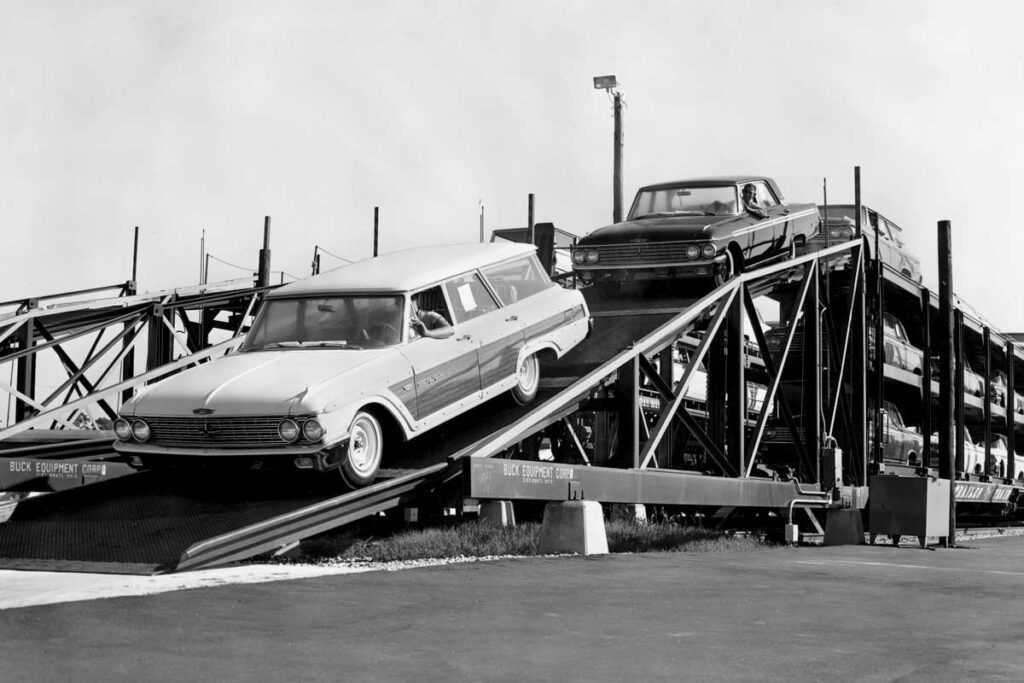
Automobile unloading Ramps at many early auto-handling facilities were permanently mounted. This Buck ramp on the Louisville & Nashville in 1962 has a full-width platform and can be adjusted to any deck height. Photo by Louisville & Nashville […]
Read More…
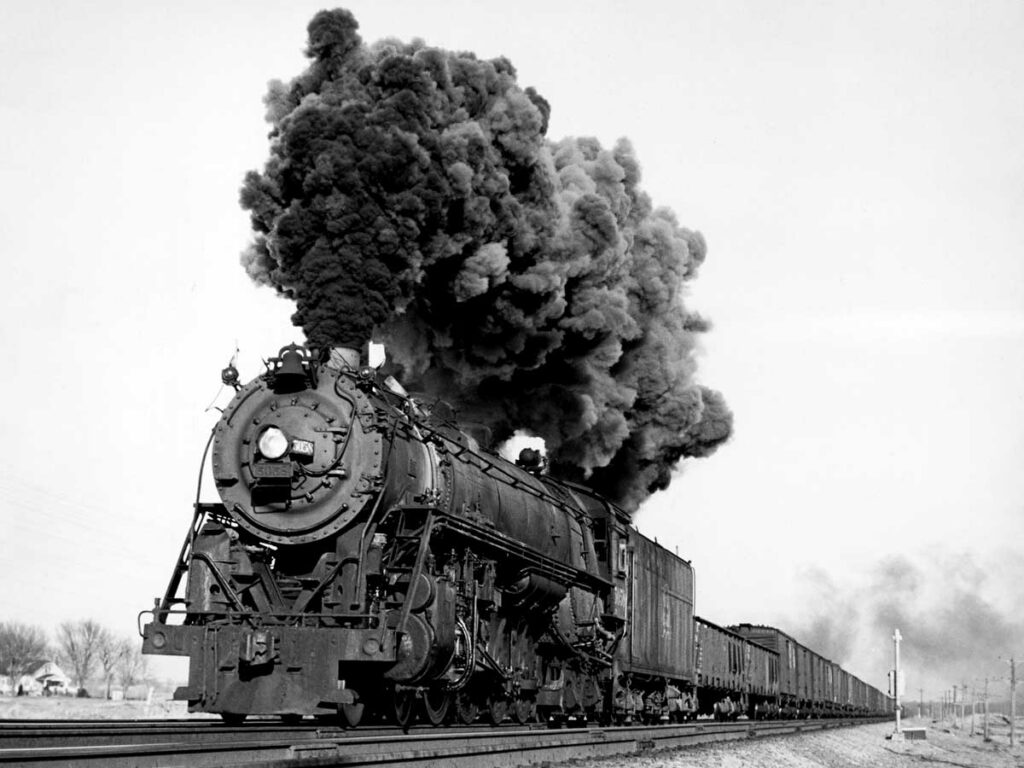
Steam superlative The Rock Island had a fleet of 85 4-8-4s, largest in the United States. Here, No. 5058 leads a westbound freight near Lawrence, Kans., in January 1952. Photo by Robert Olmsted […]
Read More…
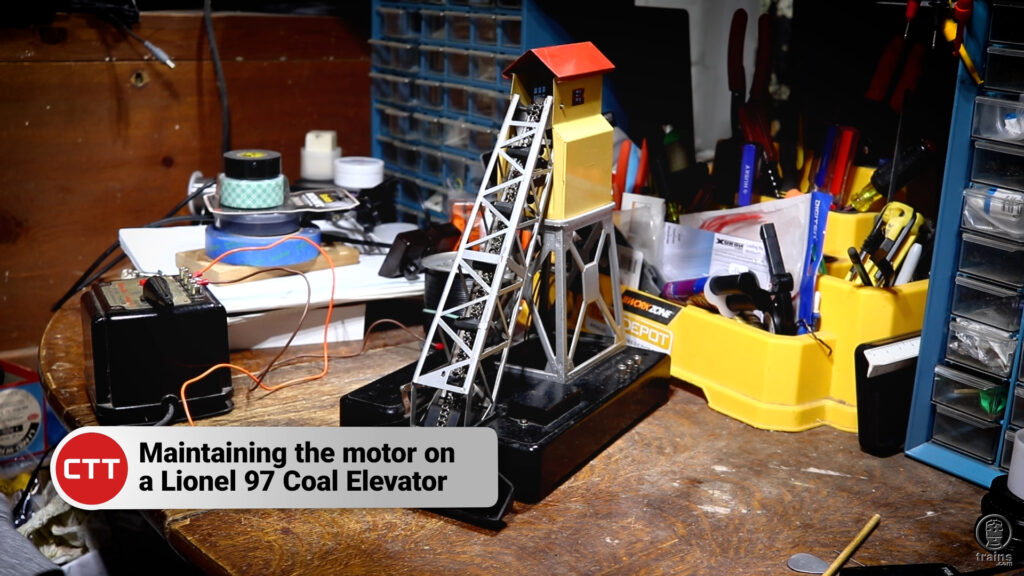
In this Workbench Minute Hal Miller shows how to remove the motor from a Lionel no. 97 coal elevator, clean the brushes, and lubricate the gearing. Then he puts it back together and gets the venerable accessory running again. […]
Read More…

In this Workbench Minute Hal Miller shows how to remove the motor from a Lionel no. 97 coal elevator, clean the brushes, and lubricate the gearing. Then he puts it back together and gets the venerable accessory running again. […]
Read More…
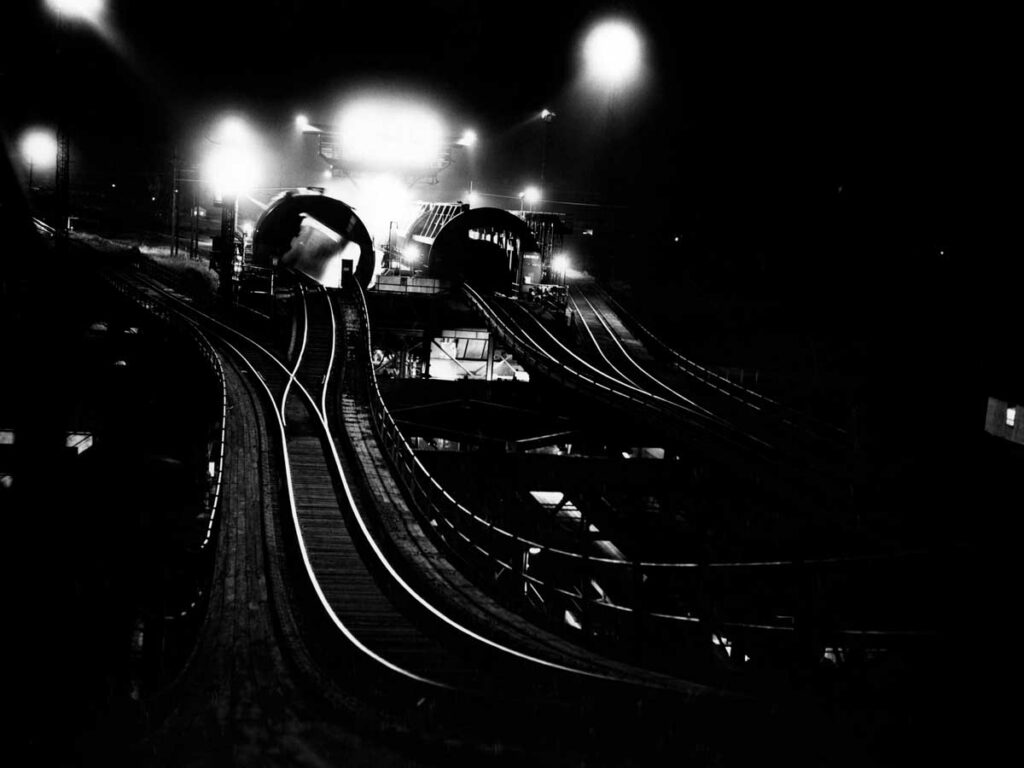
Kickbacks Cars of coal are unloaded dockside by the Chesapeake & Ohio at this massive facility in Newport News, Va. Once unloaded, cars roll out of the dumper toward the camera, up a steep kickback track, and reverse direction down to the empties yard. Later they’ll head west for another load. Photo by W. A. […]
Read More…
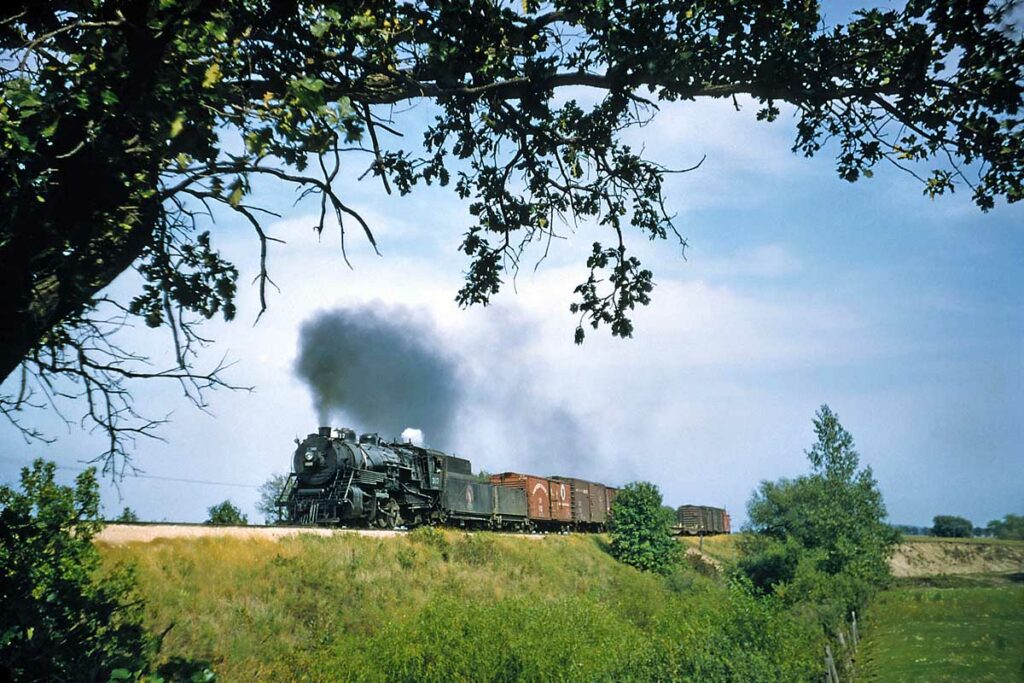
Wide open spaces Great Northern 2-8-2 No. 3117 is westbound at Richmond, Minn., in 1955. The railroad’s territory was sparsely populated, with one city over 100,000 between its endpoints. Photo by James Kreuzberger; Steve Glischinski collection […]
Read More…











